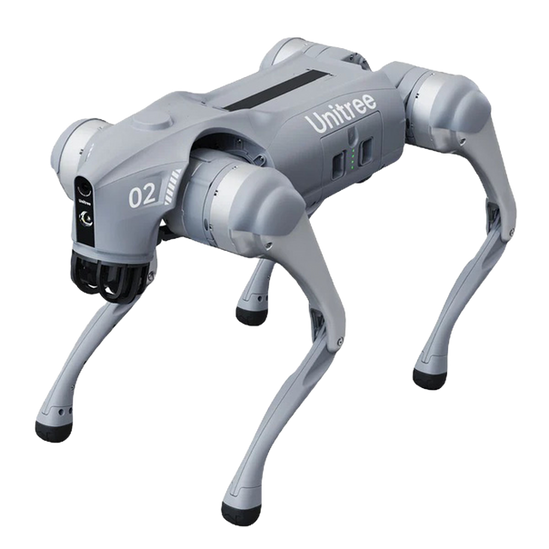Unsupervised Learning
A machine learning method where an AI system identifies patterns in data without labeled examples, often used for clustering or anomaly detection.
Unsupervised Learning is a fundamental approach that allows AI to discover hidden patterns within datasets without requiring labeled examples. By exploring concepts like this, individuals and professionals can better appreciate the capabilities and limitations of machine intelligence, paving the way for innovative applications and informed decisions.
What is Unsupervised Learning?
Unsupervised Learning is a machine learning method where an AI system identifies patterns in data without labeled examples, often used for clustering or anomaly detection. In contrast to supervised learning—where models are trained using labeled data—unsupervised learning relies on input data alone, enabling the system to find intrinsic structures, group similar data points, or detect outlier behaviors. This approach opens up avenues for discovering insights hidden within complex datasets, making it vital for various analytical tasks.
Key Concepts
Clustering: The process of grouping data points based on their similarities. Algorithms like K-means and hierarchical clustering allow the system to categorize data without prior labeling.
Anomaly Detection: Identifying rare items or occurrences in data that deviate significantly from the norm—useful in fraud detection, network security, and quality control.
Dimensionality Reduction: Techniques such as PCA (Principal Component Analysis) reduce the number of variables under consideration, helping visualize data and improve computational efficiency while retaining important information.
Association Rule Learning: A technique used to uncover interesting relationships between variables in large databases, common in market basket analysis.
Applications and Relevance
Customer Segmentation: Businesses can analyze purchasing trends and behaviors to identify distinct customer groups, tailoring marketing strategies appropriately.
Anomaly Detection in Cybersecurity: Monitoring network traffic to spot unusual activity that may signify a security breach, allowing for quicker responses to threats.
Image and Video Analysis: Identifying patterns in visual data for applications like facial recognition or motion tracking, enhancing security systems and user interactions.
Recommendation Systems: Utilizing user behavior data to cluster preferences, aiding in personalized suggestions across platforms like streaming services and e-commerce.
Challenges and Considerations
Difficulty in Interpretation: The patterns identified may not always be clear or intuitive, making it challenging to extract actionable insights without further analysis.
Quality of Data: Unsupervised learning heavily relies on the data quality; noisy or unstructured data can lead to misleading results and poor model performance.
Assessing Model Performance: Unlike supervised learning, where accuracy can be quantitatively measured against known labels, validating the effectiveness of unsupervised models can be subjective and complex.
Scalability: Handling large datasets with unsupervised techniques might result in increased computational loads, necessitating efficient algorithms and infrastructure.
Future Trends and Innovations
Integration with Deep Learning: Combining unsupervised learning techniques with deep neural networks to extract richer representations from unstructured data, enhancing capabilities in AI.
Advancements in Clustering Algorithms: Development of more sophisticated algorithms aimed at improving the accuracy and interpretability of clustering, such as density-based and hierarchical methods.
Unified Models: Research into models that can seamlessly switch between supervised and unsupervised learning tasks, allowing for more flexible and efficient data handling.
Real-Time Anomaly Detection: Innovations in processing capabilities are driving improvements in the ability to detect anomalies in real time, further enhancing applications in security and fraud prevention.
Unsupervised Learning stands out as a pivotal method in machine learning, facilitating the extraction of knowledge from unlabelled data. As AI continues to permeate various sectors, the significance of this approach will only grow, driving advancements in analytical techniques and applications. Embracing the intricacies and potential of unsupervised learning not only enriches our understanding of AI but also enhances our capacity to tackle complex, data-rich challenges across industries.














